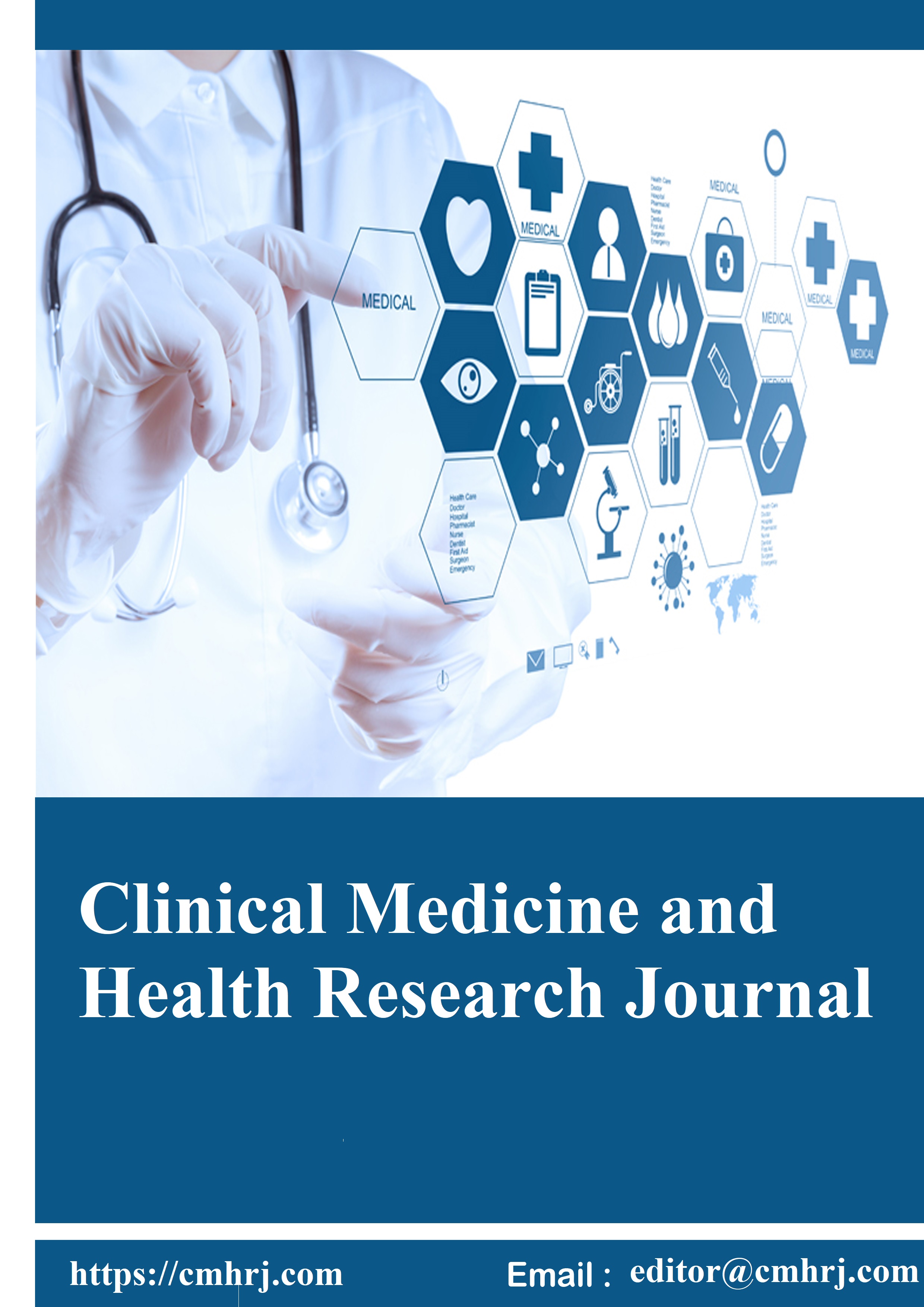Incidence and Predictive Factors of Heart Rhythm Disorders in Acute Coronary Syndrome with ST Segment Elevation
Clinical Medicine And Health Research Journal,
Vol. 4 No. 2 (2024),
17 April 2024
,
Page 872-880
https://doi.org/10.18535/cmhrj.v4i2.344
Abstract
Background: Heart rhythm disorders in acute coronary syndrome with ST segment elevation are common and may induce hemodynamic instability and sudden death.
Their predictive factors have been the subject of several international studies, as well as their related mortality but their epidemiological data are lacking in Algeria.
Aims: The main objective of our study is the determination of the frequency of heart rhythm disorders in acute coronary syndrome with ST segment elevation; we included conduction disorders, ventricular and supra ventricular arrhythmias; the secondary objective was the analysis of their predictive factors, and related mortality.
Methods and materials: In this prospective study, conducted in the cardiology department of Hussein Dey hospital (Algiers-Algeria), 467 patients with acute coronary syndrome with elevated ST segment (87 women and 380 men) were enrolled between 28 February 2014 and 16 July 2015. The average age is 60 ± 13 years; at admission, a Holter recorder was attached for continuous ECG monitoring during 48 hours.
Kruskal’s ANNOVA or H tests were used for comparison of quantitative variables, χ2 test or Fisher’s exact test, were used for qualitative variables, all tests were performed with 1st species risk of 5%.
Results: The frequency of Heart rhythm disorders is 48.6 % (227 patients), CI 95%: [44.1%-53.1%], multivariate analysis identified the following independent predictors: high ST segment elevation above or equal 6 mm, excessive reciprocal ST segment depression above or equal 2 mm, low diastolic blood pressure less than 60 mm Hg, and cardiac troponin elevation above or equal 5 ng/ml.
The risk of mortality expressed by Hazard Ration (HR) is 71, CI95%: [1.1-3572], p = 0.032; low diastolic blood pressure and Blood creatinine above or equal 17 mg/l are the two predictive factors of mortality, identified in our study.
Conclusion: Heart rhythm disorders are frequent in acute coronary syndrome with elevated ST segment, their predictive factors according to our study are: high ST segment elevation, excessive reciprocal ST segment depression, low diastolic blood pressure, and cardiac troponin elevation.
Their occurrence increases the risk of in-hospital mortality, and the predictors of this latter are hemodynamic instability and high creatinine level.
- Acute Coronary Syndrome
- Heart Rhythm Disorders
- ST segment elevation
- reciprocal ST segment depression
- cardiac troponin

How to Cite
Download Citation
References
- Article Viewed: 0 Total Download


